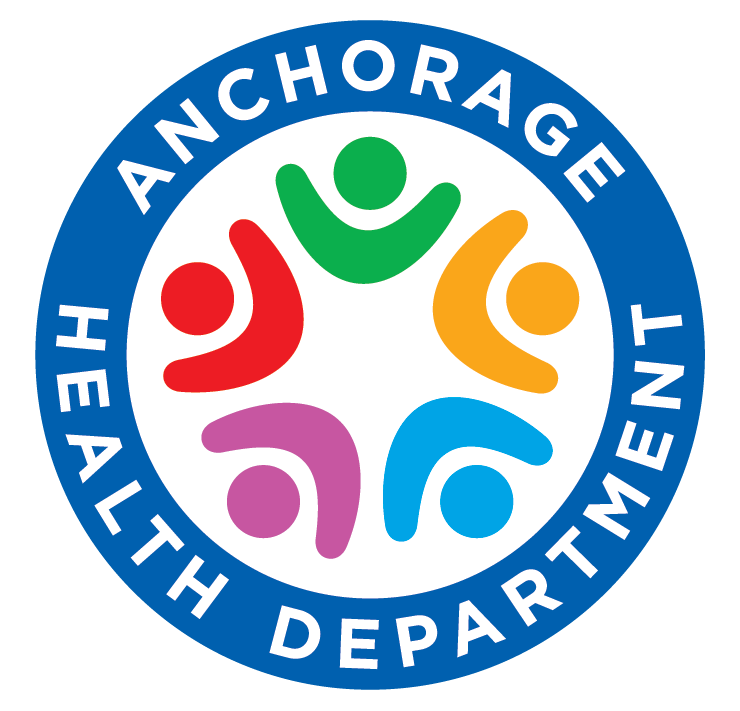AQEarth Anchorage: Expanding Air Monitoring in Environmental Justice Areas
An AQSync at a middle school in Anchorage
Anchorage, Alaska is the third AQEarth community and our team has been working with them to design and implement an air monitoring network that meets local needs!
The project began with the Anchorage Health Department bringing on two important local partners: the Anchorage School District and the Alaska Department of Environmental Conservation (DEC). Through these partnerships, a PM2.5 air monitoring network was designed to increase air monitoring coverage across Anchorage’s nearly 2,000 square miles with an emphasis on monitoring in areas of town impacted by environmental justice issues and understanding pollutants across the city and during different seasons.
The air monitoring network consists of two high-quality measurement devices (AQSyncs), and ten air sensors (PAMs) placed at city-run fire stations and district schools, focusing on PM2.5. An additional PAM is co-located at a reference PM2.5 monitoring station run by the DEC for the duration of the study to evaluate the PAM’s accuracy and performance.
The AQEarth team has helped guide the air monitoring network design process, installed equipment, and is currently monitoring collected data and helping troubleshoot any issues. This combination of service and equipment has proved essential to making AQEarth projects a success. Real-time air quality data from Anchorage’s monitoring devices will be available to the public through DEC’s website - stay tuned!
A PAM collocated at an Alaska DEC reference monitoring site
AQEarth is a project that aims to work collaboratively with communities to help meet their air monitoring needs, developing and implementing air monitoring systems at five different partner sites across North America, starting in Fort Collins. It’s funded through a small business innovation research grant from the National Institutes of Environmental Health Sciences, and is a collaboration between 2B Technologies, TD Enviro, and Montrose Environmental. Learn more at aqearth.com
Research reported on the AQEarth project is supported by the National Institute Of Environmental Health Sciences of the National Institutes of Health under Award Number R44ES024031. The content is solely the responsibility of the authors and does not necessarily represent the official views of the National Institutes of Health.









